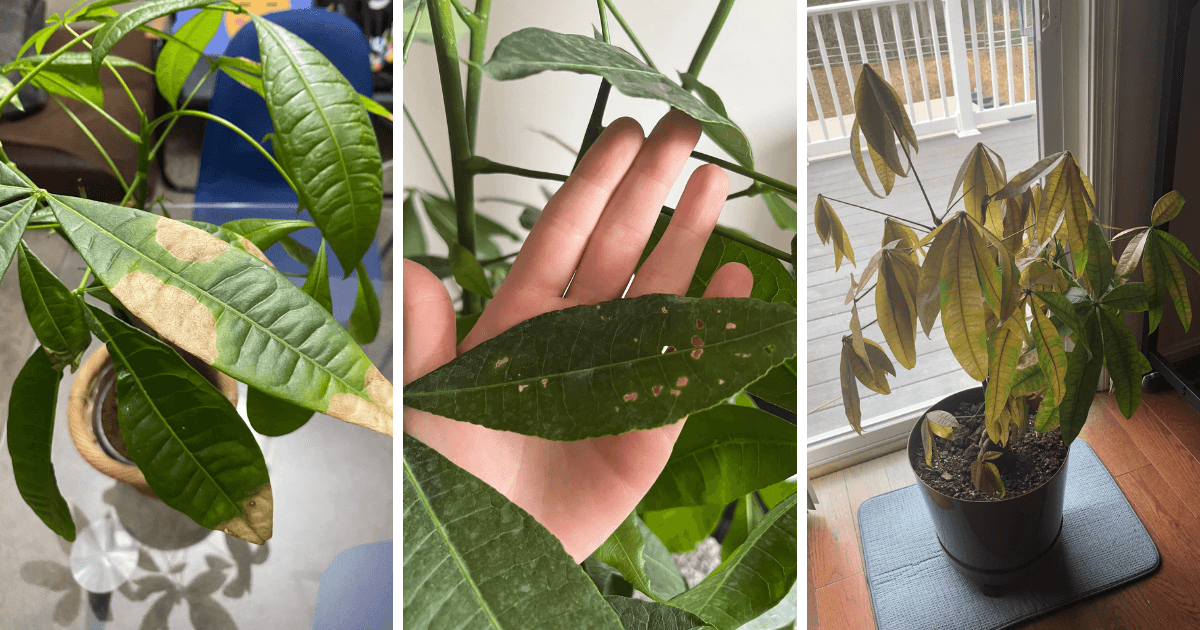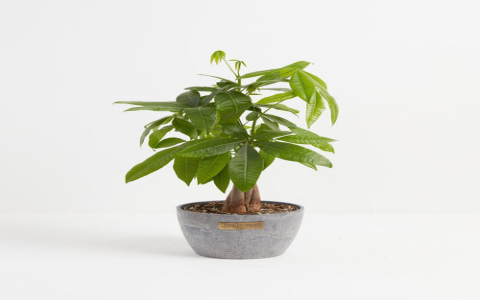Today, I wanna talk about something that’s been driving me nuts lately – my money tree plant. You know, those cute little trees with the braided trunks that are supposed to bring you good fortune? Well, mine’s been looking more like a money taker than a money maker.
It all started a few weeks ago. I noticed the leaves on my money tree were starting to yellow and droop. At first, I figured it was just a bit thirsty, so I gave it some water. But the problem just kept getting worse. More leaves turned yellow, and some even started to develop brown spots. That’s when I knew something was seriously wrong.

So, I did what any normal plant parent would do – I hit up the internet for answers. I spent hours scrolling through gardening forums and blog posts, trying to figure out what was going on with my poor plant.
- The first thing I learned was that overwatering is a big no-no for money trees. Apparently, they don’t like to sit in soggy soil. Who knew, right?
- Then there was the whole underwatering thing. Turns out, money trees are like Goldilocks – they need their water to be just right. Not too much, not too little.
- And don’t even get me started on sunlight. Too much direct sun and they get sunburned. Not enough sun and they get all sad and droopy. It’s like they’re the divas of the plant world.
After a while, I stumbled upon an article that suggested using copper-based fungicidal soap as a preventive measure against certain diseases. It’s like a protective shield for the leaves, stopping those nasty fungal spores from taking hold. Sounded like a good idea to me, so I decided to give it a try.
I followed the instructions on the label carefully, spraying both the top and bottom of the leaves, ensuring a good coating. The copper penetrates the leaves, preventing the spread of fungus, and the idea was to reapply as directed.
I also learned about root rot. If your money tree is getting too much water, the roots can start to rot, which basically suffocates the plant. And let me tell you, root rot is not pretty. It’s like the plant version of a zombie apocalypse.
Once I had a better understanding of what could be causing the problem, I took a closer look at my money tree. I checked the soil, and sure enough, it was pretty damp. I also noticed some mushy, brown roots – a sure sign of root rot.
I took action right away. First, I stopped watering the plant altogether. I knew I needed to let the soil dry out completely. Then, I carefully removed the plant from its pot and trimmed away any of the rotten roots. It was a bit of a messy job, but I knew it was necessary to save the plant.
After that, I repotted the money tree in fresh, well-draining soil. I also made sure to place it in a spot where it would get plenty of indirect sunlight. And then, I waited.

It took a few weeks, but slowly but surely, my money tree started to recover. New leaves began to sprout, and the yellowing stopped. I was so relieved! I had almost given up hope, but my little money tree pulled through.
Lessons Learned
So, what did I learn from this whole ordeal? Well, first of all, I learned that money trees are not as low-maintenance as everyone says. They need a lot of attention and care. I also learned the importance of paying attention to your plants and taking action as soon as you notice something is wrong. And finally, I learned that even if things look really bad, there’s always hope. With a little bit of love and patience, you can bring almost any plant back from the brink.



















